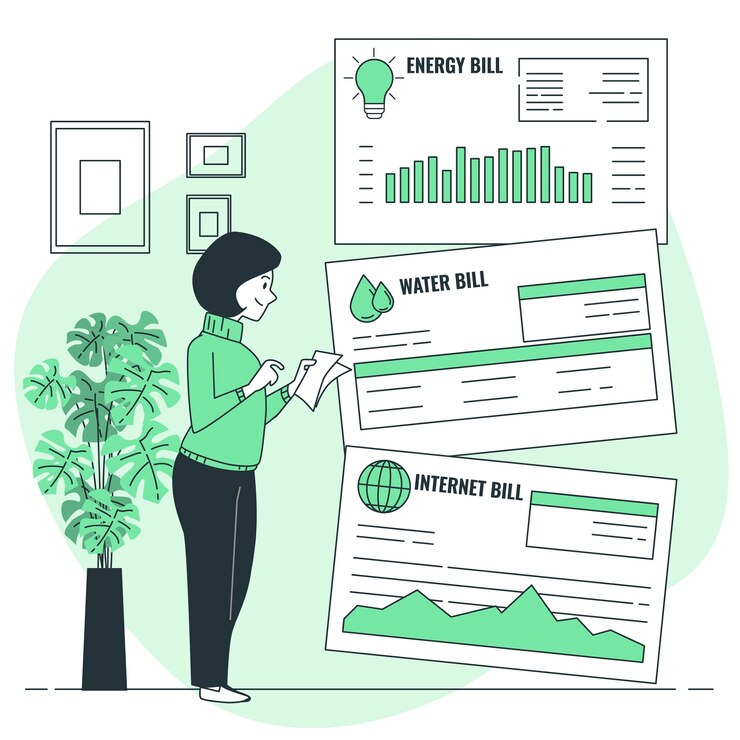Facing financial strain with your vehicle loan can present you with tough choices, especially if you feel you are also experiencing Bank harassment. Two common paths to consider are vehicle loan settlement and refinance. Both aim to provide relief from your current situation, but they operate very differently and offer distinct advantages and disadvantages depending on your circumstances, particularly concerning interest rates, loan terms, and your interactions with the bank. At Bank harassment, we aim to break down these options to help you make an informed decision that aligns with your financial goals and protects you from unfair treatment.
When you’re struggling with your vehicle loan, and perhaps feeling pressured by your lender (Bank harassment), understanding the nuances between a vehicle loan settlement and a refinance is crucial. One focuses on reducing the total debt and potentially ending harassment, while the other aims to restructure your repayment obligations. Let’s delve into the details to help you determine the best course of action while being mindful of your rights.
Understanding Vehicle Loan Settlement (Especially Under Pressure):
A vehicle loan settlement involves negotiating with your lender to pay off your existing vehicle loan for a lump sum that is less than the total outstanding balance. This typically occurs when you are facing significant financial hardship and are at risk of default or have already defaulted, and you might be seeking a way to end unwelcome Bank harassment.
- Potential Benefits:
- Reduced Overall Debt (and Potential End to Harassment): The primary advantage is paying less than what you currently owe, potentially saving you a significant amount on the principal and future interest, and potentially stopping aggressive bank tactics.
- Faster Debt Elimination (and a Clean Break): Once the settlement amount is paid, you are free from that particular loan obligation and your relationship with the potentially harassing bank.
- Avoid Further Penalties (and Unfair Treatment): Settling can help avoid additional late payment fees and potential legal action associated with continued default, as well as potentially stopping Bank harassment.
- Potential Drawbacks:
- Credit Score Impact: Settlement is usually reported negatively on your credit report, indicating that the debt was not paid in full. This can harm your future borrowing ability.
- Lump-Sum Payment Required: You’ll need to have access to a significant lump sum of cash to make the settlement payment.
- Not Always Guaranteed (Especially with Uncooperative Banks): The lender is not obligated to accept your settlement offer, especially if they are engaging in Bank harassment and believe they can recover more through other means.
Understanding Vehicle Loan Refinance (A Fresh Start, Potentially Away from Harassment):
Refinance involves taking out a new vehicle loan, potentially with a different lender, to pay off your existing one. The goal of refinancing is usually to secure more favorable loan terms, such as a lower interest rate or a longer repayment period, and potentially to move away from a bank engaging in Bank harassment.
- Potential Benefits:
- Lower Monthly Payments (Potentially with a More Ethical Lender): Extending your loan terms through refinancing can significantly reduce your monthly payments, easing immediate financial strain, possibly with a financial institution that adheres to fair practices.
- Potentially Lower Interest Rates (Saving Money Long-Term): If your credit score has improved since you took out the original loan or if market interest rates have decreased, you might qualify for a lower interest rate, saving you money on interest over the life of the new loan.
- Consolidation (Simplifying Finances): If you have multiple debts, you might be able to consolidate them into a single, more manageable vehicle loan.
- Escape from Bank Harassment: Refinancing with a different lender can provide a clean break from a bank that has been engaging in unfair practices.
- Potential Drawbacks:
- Extended Loan Term Means More Interest Paid Overall: While monthly payments might decrease with a longer loan term, you could end up paying more interest rates over the life of the new loan.
- Fees and Costs: Refinancing can come with application fees, origination fees, and other associated costs.
- Not Always an Option: You’ll need to qualify for a new loan based on your current creditworthiness and the value of your vehicle.
The Deciding Factor: When to Settle vs. Refinance (Especially When Bank Behavior is a Concern)
The choice between vehicle loan settlement and refinance hinges on your individual circumstances and your experience with the current lender (Bank harassment):
- Choose Settlement If:
- You are facing severe financial hardship and cannot realistically afford your current payments, even with adjustments.
- You have access to a significant lump sum of cash but are unable to manage the full outstanding balance, and you want a quick resolution with the current (potentially harassing) bank.
- The negative impact on your credit score is a secondary concern compared to resolving the immediate debt burden and ending Bank harassment.
- Choose Refinance If:
- Your primary goal is to lower your monthly payments to improve cash flow, and you want to move your loan to a different financial institution.
- Your credit score has improved, and you are likely to qualify for better interest rates with a new lender.
- You want to extend your loan terms for more manageable payments with a new lender, understanding the potential for paying more interest overall.
- Market interest rates have fallen since you took out your original loan, and you want to take advantage of this with a new lender.
- You are experiencing Bank harassment and want to sever ties with the current lender.
Considering Interest Rates and Loan Terms (and Seeking a Fair Deal):
Carefully evaluate the interest rates and loan terms associated with both options. With refinance, compare the interest rates and the length of the new loan to your current terms, ideally seeking a fair and transparent lender. A lower interest rate will save you money over time, while a longer loan term will reduce monthly payments but increase the total interest paid.
With vehicle loan settlement, the “interest rate” becomes less relevant as you are negotiating a lump-sum payoff with the current (potentially harassing) bank. The key is the difference between your outstanding balance and the settlement amount, and whether it’s a fair resolution considering the circumstances.
Bank harassment: Guiding You Towards the Right Choice and Protecting Your Rights:
Navigating the complexities of refinance and vehicle loan settlement, especially when dealing with potential Bank harassment, can be challenging. At Bank harassment, we provide expert guidance to help you analyze your situation, understand the implications of each option, and make the best decision for your financial future while protecting your rights against unfair bank practices. We can assist you in exploring vehicle loan settlement possibilities with your current lender or understanding the potential benefits and drawbacks of refinancing with a new lender based on current interest rates and available loan terms, ensuring you find a solution that provides financial relief and freedom from harassment. Contact Us today for a personalized consultation.



